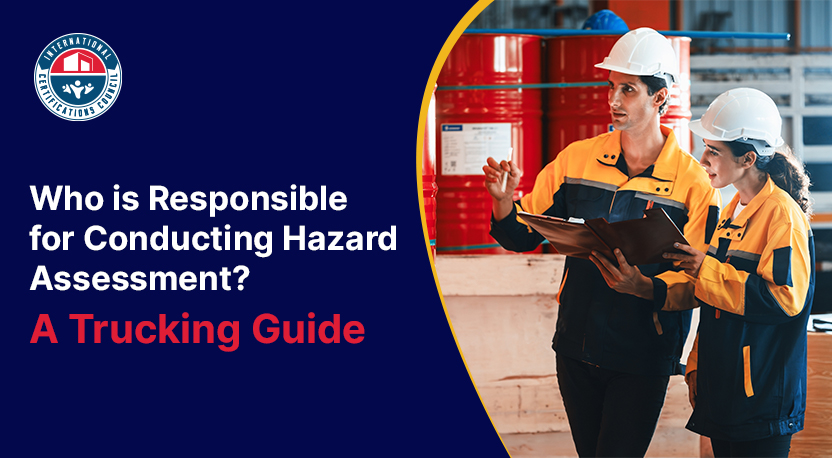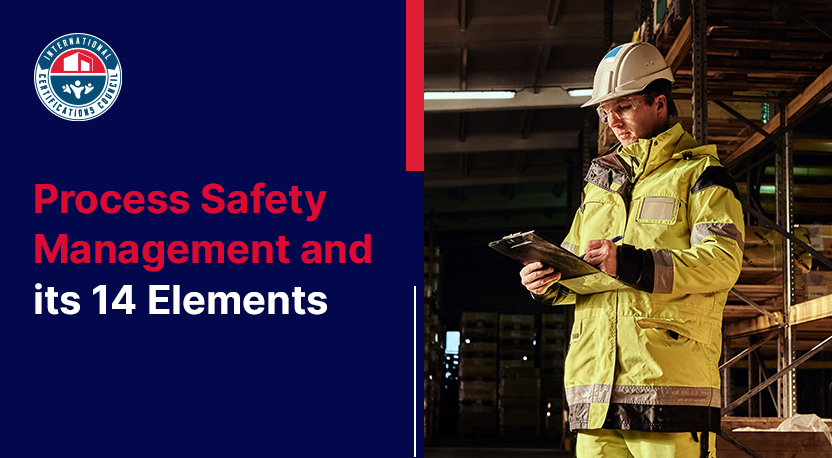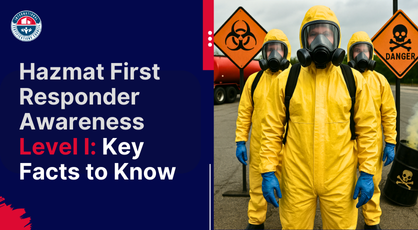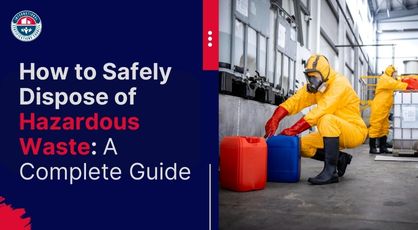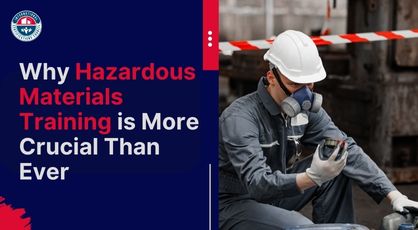If you are wondering if hazmat placarding is necessary for any kind of hazardous materials, you are right. You can think of these placards and markings as a way to communicate the danger or risk associated with several hazardous materials that are shipped across state lines and also to foreign countries. In the event of a major spill or even a minor leakage, these placards and labels prove to be highly helpful.
They are regulated by the Department of Transportation. These placards are able to identify the materials that are contained in the container and are transported across the country. They also tell the handlers of hazardous materials how to transport these substances and the process of loading and unloading among many other things. Even the safety guidelines and precautions are mentioned on these labels and markings. Let's get a little into the details of hazmat placarding and understand why it is so important.
Hazmat Placarding And Its Importance For First Responders
You can say that these dot hazmat placards are the most important for first responders and they are a part of general awareness training as well for hazmat employees. Responders are supposed to act for the safety of the general public and the environment in case of any spill or leakage that might happen. These placards make their job easier for them. They convey the most useful and practical evacuation protocol to follow in case of any accidents. The hazardous material can be a gas or liquid or perhaps any flammable item or explosive. The first responders are obligated to follow the stringent guidelines and processes defined by the US Department of Transportation. They are certified and trained to mitigate any potential loss and also to contain the danger that these hazardous materials pose.
Understanding The Various Hazard Classes
As per the US Department of Transportation, hazardous materials have been defined into 9 hazard class groups. They are as follows:
- Hazard Class 1 - Explosives
- Hazard Class 2 - Gases
- Hazard Class 3 - Flammable and Combustible Liquids
- Hazard Class 4 - Flammable Solids
- Hazard Class 5 - Oxidizing Substances, Organic Peroxide
- Hazard Class 6 - Toxic and/or Infectious Substances
- Hazard Class 7 - Radioactive Material
- Hazard Class 8 - Corrosives (Liquids and Solids)
- Hazard Class 9 - Miscellaneous Hazardous Materials
What Are Labels And Why Are They Important?
Hazmat labels are usually designed keeping in mind the type of hazard that the container contains. Remember, these labels are going to be of a different color depending on the class of hazard. They also must be of a specific size and shape. Hazmat labels also stand out because they usually contrast with the background that they are placed on. This means that they are easily distinguishable from the package.
The Following Points Explain Just How Important They Are:
- Communicating Hazard Universally
Labels are important when it comes to communicating the hazard associated with the package universally. They are internationally accepted and can be understood regardless of the language of the region. They inform employees of all the potential hazards of the material within the package.
- Handling Instructions
These labels also have important handling instructions that make shipping and storage easier for hazmat employees.
- Helping With Package Handling
Hazmat employees are able to determine the storage needs and segregation process that needs to be followed when they are placed in trucks or vessels.
- Informing Emergency Responders
Because there are safety protocols and evacuation processes given on these labels, they also prove to be useful to emergency responders. The degree and type of threat are clearly mentioned on these labels.
What Are Placards And Why Are They Important?
When we come to hazardous materials placarding, it is very easy to get confused. These placards usually look like labels but they are very much more durable and larger in size. They are expected to meet design and durability regulations as per the Department of Transportation. For example, a typical configuration comprises square-on-point printing which should be around 250 mm on all sides. Also, the solid in our border should be 12.7 mm from the edge of the placard. Dot hazmat placarding also needs to be legible and must contain symbols, text, and hazard classes either in black or white.
Placarding Is Very Important Because:
- It Keeps The Public Aware
The very first purpose that they fulfill is that of keeping the public aware of what the hazardous material in question is and what degree of risk comes attached to it. Placards can warn people of the presence of a hazardous material nearby or when it is being transported through a densely crowded area.
- Informs Emergency Responders
They also inform emergency responders and shipment handlers of the risks associated. Handlers are aware of the kind of hazardous material that is being transported and they can take the necessary measures to mitigate the risk of any spill or leakage. They also become aware of the protocols and safety procedures to follow in case of any accident that involves the hazardous material directly and results in harmful exposure.
- Mandatory As Per Law
Needless to say, hazmat placarding is required as per law. If you want to transport hazardous materials whether it is in a commercial motor vehicle or a freight container, you are required to place placards as per the Department of Transportation.
What Are Markings And Why Are They Important?
You must have come across dot hazmat markings on several packages even in your everyday life. They are different from labels and placards and always use the proper shipping name and convey the type of hazard contained within. However, they do not have to follow any specific size, shape, or color requirements. Markings usually have a very sharp and contrasting color that is easily distinguishable from the covering of the package. They may not be covered by any other labels or text. Markings are usually placed on a spot depending on the hazardous material and the transportation type.
They Are Important Because They:
- Help Inform Emergency Responders
Again a very critical purpose is to keep hazmat handlers well informed about the threats and risks involved. So in case of any spill or leakage, the precautions and measures written on them are always followed to the last detail.
- Keep You Compliant With Hazmat Transport Regulations
These are necessary because they help you stay compliant with the rules and regulations defined by the Department of Transportation and 49 CFR that direct you to take marking rules very seriously. If you fail to comply, there are fines and penalties that you might have to pay for marking violations.
- Assist You In Identifying Materials
Finally, markings help you identify the kind of material that is being transported. This means that the handler or any employee moving these packages knows exactly what to do when it comes to arranging for their storage, transportation, maintenance, and disposal.


